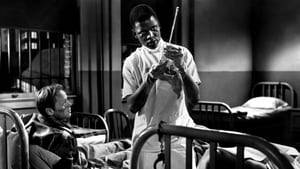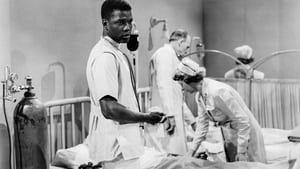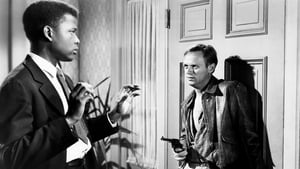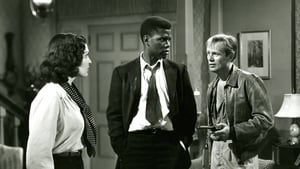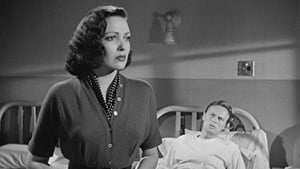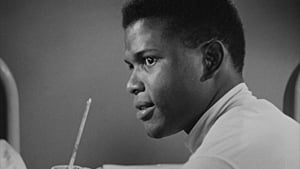Introduction
Keywords: No Way Out Colorized, Colorized Movies, Old Movies, Old Films
In the ever-evolving landscape of cinema, the debate surrounding the colorization of old films has sparked numerous discussions. The allure of witnessing classic black-and-white movies in vibrant hues has become a contentious issue, with advocates praising the enhancement of visual appeal and detractors lamenting the potential compromise of artistic integrity. In this article, we delve into the intriguing world of film colorization, exploring its history, controversies, and its impact on a significant cinematic gem – “No Way Out Colorized” (1950).
Read Media File Transfer Agreement: Terms and Conditions
Read FAQ
Buy More Movies in Color
Watch Free Movies in Color
Check Youtube
The Evolution of Film Colorization Techniques
Keywords: film colorization, monochrome motion pictures, digital image processing
Film colorization has come a long way since its inception, transforming the way audiences perceive classic cinema. From early hand-painting techniques to the revolutionary digital image processing of today, the evolution of colorization has been marked by innovation and controversy alike. As we navigate the different eras of colorization, we gain insight into the technological advancements that have shaped the way we experience old films.
Controversy Surrounding the Colorization of Classic Films
Keywords: criticism, debates, impact on classic films, artistic integrity
The act of colorizing classic black-and-white films has been met with fierce criticism and passionate debates. Purists argue that altering the original aesthetic compromises the essence of these timeless works of art, questioning the impact on the integrity of the filmmaker’s vision. This section dissects the arguments against film colorization, exploring the fine line between restoration and interference with cinematic history.
Examining “No Way Out Colorized” (1950)
Keywords: No Way Out Colorized (1950), Joseph L. Mankiewicz, Richard Widmark, Linda Darnell
Directed by the illustrious Joseph L. Mankiewicz, “No Way Out Colorized” (1950) unfolds as a gripping tale that explores racial tensions and violence in a post-war setting. With stellar performances by Richard Widmark and Linda Darnell, the film takes viewers on a visceral journey through the complexities of human relationships. In this section, we unravel the director’s vision and delve into the key performances that breathe life into this cinematic masterpiece.
The Themes and Cinematic Style of “No Way Out Colorized”
Keywords: film noir, racial violence, racism
Embedded in the film noir genre, “No Way Out Colorized” masterfully intertwines suspense and social commentary. The narrative bravely confronts racial violence and systemic racism, offering a thought-provoking exploration of societal issues. As we dissect the film’s themes and cinematic style, we unearth the layers of storytelling that make “No Way Out Colorized” a timeless examination of human nature.
Impactful Debut: Sidney Poitier in “No Way Out Colorized”
Keywords: Sidney Poitier, screen debut
A groundbreaking moment in cinematic history, “No Way Out Colorized” marks the screen debut of the legendary Sidney Poitier. Poitier’s powerful portrayal in a racially-charged role lays the foundation for his influential career, leaving an indelible mark on the film industry. This section pays homage to the significance of his debut and its enduring impact on the portrayal of race in cinema.
The Impact of Colorization on the Viewing Experience
Keywords: No Way Out Colorized, restoration, partial colorization
The controversial colorization of “No Way Out” sparks a nuanced discussion on the impact of visual enhancement on the viewing experience. As we explore the restoration efforts and delve into partial colorization techniques, we question whether these advancements detract from the authenticity of the original black-and-white masterpiece.
Reception, Legacy, and the Case of “No Way Out”
Keywords: user reviews, race relations, 1950s Hollywood
Critically acclaimed upon its release, “No Way Out” has left an enduring legacy in the realm of cinema. Examining user reviews and the film’s portrayal of race relations in 1950s Hollywood, we uncover the layers of social commentary that contribute to its timeless relevance. This section explores the film’s reception and its enduring influence on cinematic treatments of racial issues.
Considering the Colorized Version: A Controversial Adaptation
Keywords: No Way Out Colorized, movie review
With the emergence of colorized editions, “No Way Out” finds itself at the center of controversy once again. This section serves as a movie review, evaluating the merits and drawbacks of the colorized version. Through a comparative analysis with the original black-and-white aesthetic, we aim to offer readers a comprehensive understanding of the adaptation.
Availability and Preservation Efforts
Keywords: DVD release, Naked City TV series
Ensuring the availability of cinematic treasures like “No Way Out” on DVD is crucial for preserving film history. This section explores the significance of its release on DVD and its connection to the TV series “Naked City,” highlighting the importance of these preservation efforts in keeping classic films alive for future generations.
Preserving the Authenticity of Classic Films
Keywords: classic film preservation, digital restoration
Preserving the authenticity of classic films is a delicate balancing act. We delve into the methods of classic film preservation, emphasizing the role of digital restoration in maintaining the cinematic integrity of these timeless creations. This section advocates for the careful preservation of films in their original format while embracing the benefits of technological advancements.
Embracing Both Versions: Appreciating Diversity in Film Presentation
Keywords: film version diversity
In the final stretch of our exploration, we encourage readers to embrace both the original and colorized versions of “No Way Out.” Acknowledging the diversity in film presentation allows for a richer understanding and appreciation of cinematic history. We navigate the delicate balance between preserving the past and embracing the technological advancements that enhance our cinematic experience.
Conclusion
Keywords: No Way Out Colorized, Old Movies, Film Colorization
In the grand tapestry of cinema, “No Way Out” (1950) stands as a testament to the enduring power of storytelling. As we conclude our journey through the controversial realms of film colorization, we invite readers to explore the film in both its original and colorized forms. The delicate dance between preserving the past and embracing advancements reflects the ongoing evolution of cinema, reminding us that the magic of old movies remains timeless, whether viewed in classic black-and-white or brought to life in vivid color.





